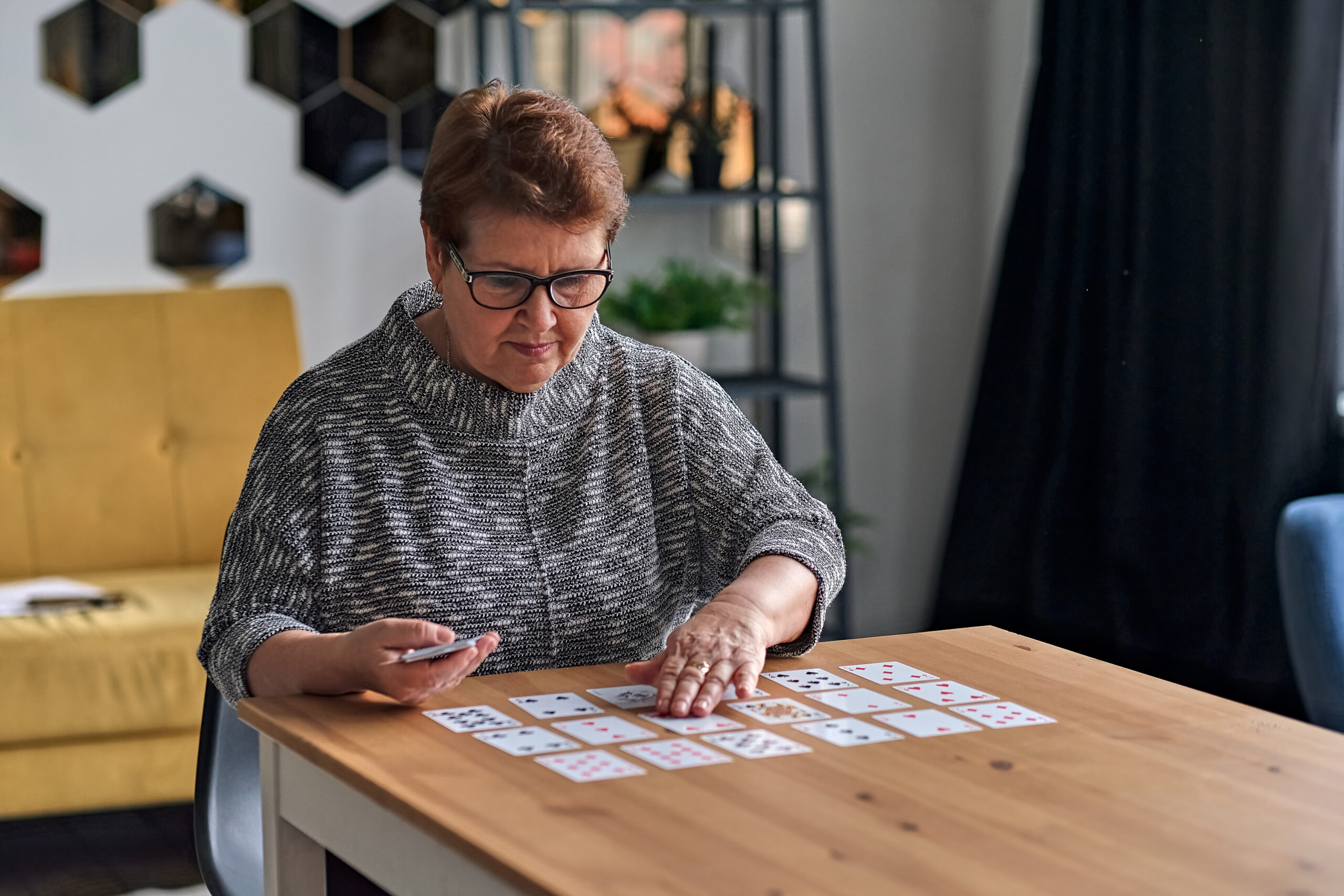How a Familiar Playlist Can Help Calm a Dementia Patient During a Crisis
**How a Familiar Playlist Can Help Calm a Dementia Patient During a Crisis**
Living with dementia can be a challenging and unpredictable experience. Patients often face moments of distress and agitation, which can be overwhelming for both them and their caregivers. However, there is a simple yet powerful tool that can help calm these patients during crises: a familiar playlist.
### The Power of Music
Music has a unique ability to connect with our emotions and memories. For people with dementia, familiar songs can evoke strong responses, even when other forms of communication are difficult. This is because music engages multiple brain regions, including those associated with memory, emotions, and motor skills[1].
### Why Familiar Music Works
1. **Cognitive and Sensory Stimulation**
– Music provides a non-verbal way to communicate, making it accessible even for individuals with severe cognitive impairment. For example, a patient who struggled to recognize family members might show improved recognition and engagement when listening to familiar songs from their youth[1].
2. **Emotional Regulation and Stress Reduction**
– Familiar songs help regulate emotions, promoting calmness and reducing anxiety. Music influences the autonomic nervous system, reducing physiological signs of stress such as an elevated heart rate. For instance, a woman with dementia who frequently became agitated during meals might calm down significantly when caregivers play her favorite classical music[1].
3. **Memory Recall**
– People with dementia recall music-evoked memories more vividly than those retrieved without music. Songs from ages 10–30 are particularly effective in stimulating memory and positive emotions. For example, a retired teacher with advanced dementia might begin reciting poetry from her youth after hearing an old school anthem played[1].
4. **Social Interaction and Engagement**
– Music provides an opportunity for social engagement between patients, caregivers, and family members. It fosters empathy and deeper connections, improving the overall caregiving experience. For example, residents in a dementia care home who rarely interacted with each other might start clapping and smiling together during group singing sessions[1].
### Implementing a Familiar Playlist
Creating a personalized playlist for a dementia patient involves several steps:
1. **Identify Familiar Songs**
– Start by gathering information about the patient’s musical preferences. Ask family members, caregivers, or the patient themselves about their favorite songs and artists.
2. **Select Meaningful Tracks**
– Choose songs that hold significant emotional value for the patient. These could be songs from their youth, favorite artists, or songs associated with special events or people.
3. **Use Personalized Music Players**
– Utilize portable media players or smartphones loaded with the patient’s favorite music. This allows them to listen to their playlist at any time, providing comfort and familiarity.
4. **Involve Caregivers and Family**
– Educate caregivers and family members on the importance of music therapy. Encourage them to play the patient’s favorite songs during stressful moments, such as during meals or when the patient is agitated.
### Conclusion
A familiar playlist is a simple yet powerful tool in managing the emotional and behavioral challenges associated with dementia. By engaging multiple brain regions and evoking positive memories, music can help reduce stress, improve mood, and enhance overall well-being. By creating personalized playlists and involving caregivers and family members, we can provide a more compassionate and effective care experience for those living with dementia.





